A thorough outline of body condition scoring across species. It’s simple to learn and a valuable piece of information for anyone with animals.
In my post from yesterday, I mentioned body condition scoring {BCS} your animals. I realized that may not be something everyone is familiar with, so let’s go through it! It’s super easy, the only thing to remember is how the numbering changes across species.
A BCS is a visual indicator of your animal’s health. For the most part, a healthy animal is going to have a healthy BCS. If an animal is sick, usually the first thing they do is stop eating. Ideally, we would notice this behavior change and rectify the problem before we noticed a dramatic change in BCS. But because that is a general rule of thumb, it won’t always be true. A good example of when this wouldn’t be true is an animal with worms. They will eat {usually until they have a pot-belly} but will remain at a low BCS and look really mangy. Another example is a fresh cow. A fresh cow {a cow that just had a calf} will be eating a lot but may not be able to maintain her weight with the feed she is being given. I find most often when I get a new animal on my farm, they have a too-low or too-high BCS and work needs to be done to get them back to the appropriate weight.
Because the scoring system varies a little bit from species to species, I’ll provide information for each species and a helpful links for each. Comment below with questions!
Body Condition Scoring: Horses
Horses are scored on a scale of 1-9, 1=thin and 9=obese. The ideal range is 4-6 depending on what you are using your horse for and how old they are. The picture below points out all the areas you should be looking at when giving a BCS. Check out this more in depth article by Mississippi State University Extension by clicking on the photo for more details.
Body Condition Scoring: Goats and Sheep
Goats and sheep are scored on a scale of 1-5, 1=thin and 5=obese. Ideal range is around 3 but will vary depending on what you are using them for. When scoring sheep or goats, he three main areas to cover are the spinal process, the ribs, and the loin. To indicate a more specific score, attach a + or – to the number. For example, you’d score your goat as a 2+ instead of just 2. The diagram below is from the University of Kentucky, click here and here for links to other BCS articles for sheep and goats.
Body Condition Scoring: Beef Cattle
Beef cattle are scored on a scale of 1-9, 1=thin and 9=obese. Ideal range is 5-6. Please note: If you are finishing a steer, you are going to want them to be an appropriate finished weight for the breed, the picture here would apply if you were assigning a BCS to a cow or non-finishing steer. This diagram is from an article by Virginia Cooperative Extension and it points out the main areas you would need to evaluate on your cattle do give a BCS. {Click the picture for the full article.}
Body Condition Scoring: Dairy Cows
Dairy cows are scored on a scale of 1-5, 1=thin and 5=obese. Ideal range is going to vary depending on what stage of lactation the cow is in. Generally a cow that is a 4 or 5 before calving is going to have metabolic issues so focusing on being around a 3 good rule of thumb. This diagram is from an article by the University of Arkansas Extension and it shows the easiest way diary cattle are scored, by looking at their back ends. To give a more accurate score, you could attach a + or – to your score, like 3+. {Click the image for the full text.}
Body Condition Scoring: Dogs and Cats
Dogs and cats are scored on a scale of 1-5 as well, 1=thin and 5=obese. The ideal range is around a 3. Not much you are doing with your companion animals should change that, except pregnancy. I have found that companion animal nutrition is hard for many people to control because they like to feed their pets human food. {Soap-box side note: This really only makes you feel good. Your pets heart is not going to break if you never feed them off your plate again – I promise.} While a little every now and then is fine, you should never be feeding it to them on a regular basis. It leads to obesity and obesity will severely limit their lifespan. If you want your companion animals to live long, healthy lives, keep them in the ideal weight range and exercise them regularly. The image below is from the Veterinary Medicine Center at Ohio State University, demonstrating the ideal range for a dog. {Click image below for full text as well as additional picture for dogs and cats.}
Pin this farm tip on your Hobby Farming board to SAVE it for later! Follow Longbourn Farm on Pinterest for more great tips, ideas, and tutorials!
[et_bloom_inline optin_id=”optin_4″]
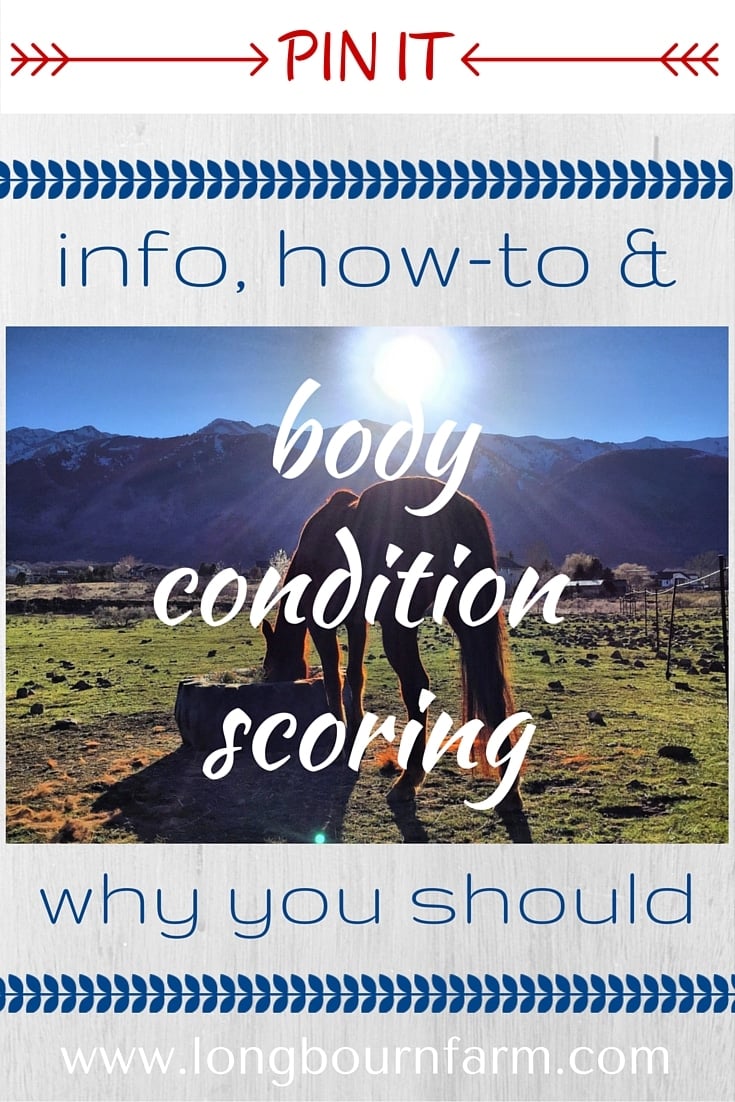
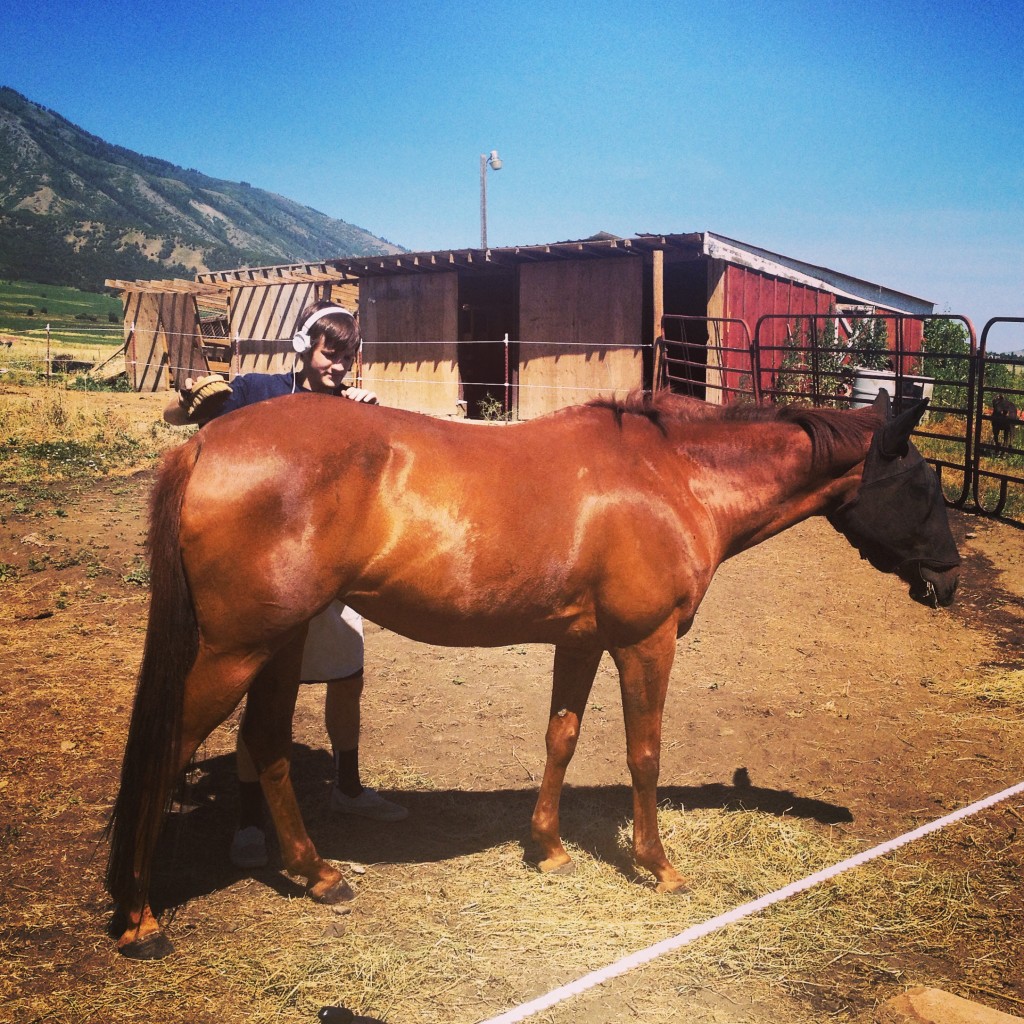
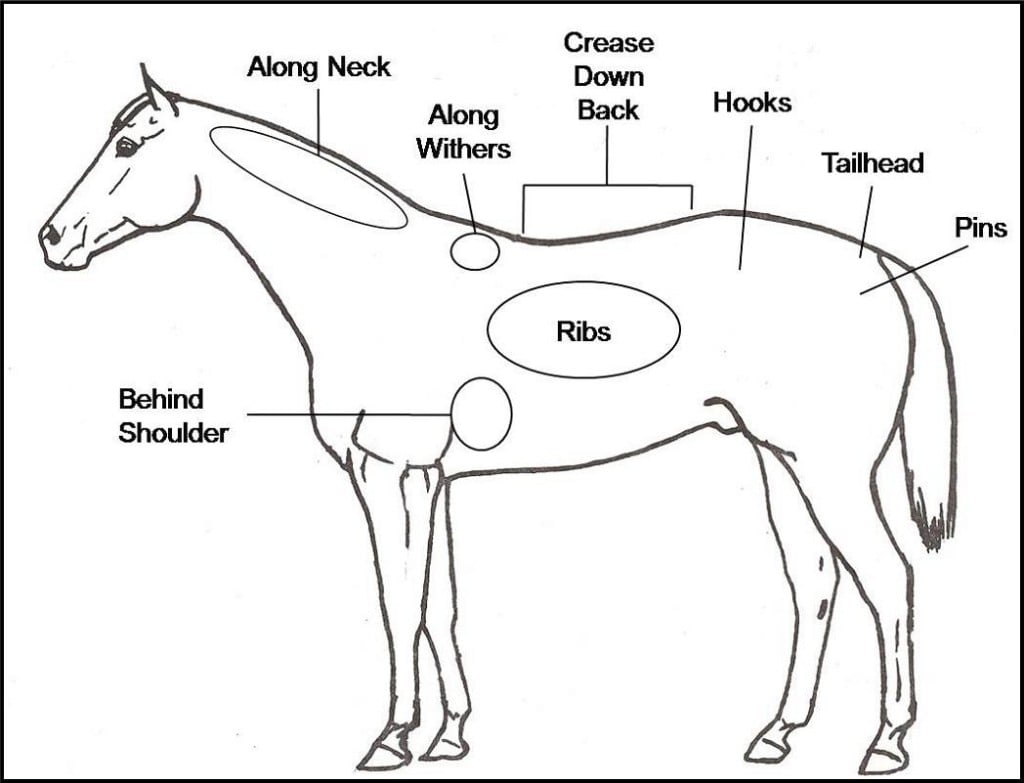
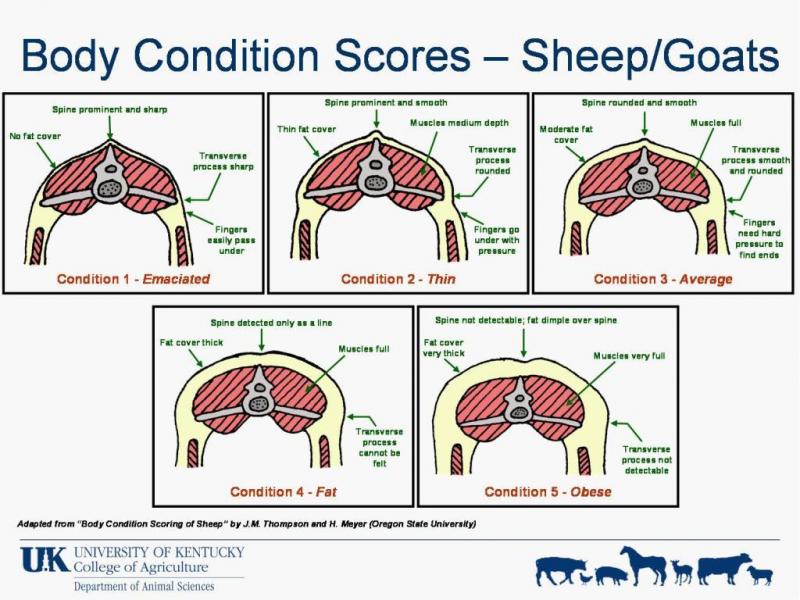
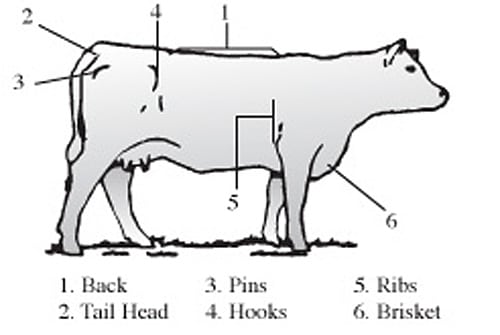
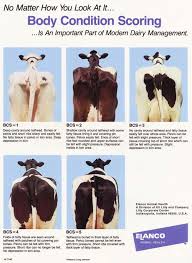
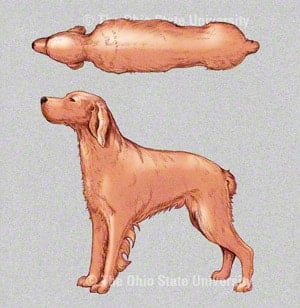
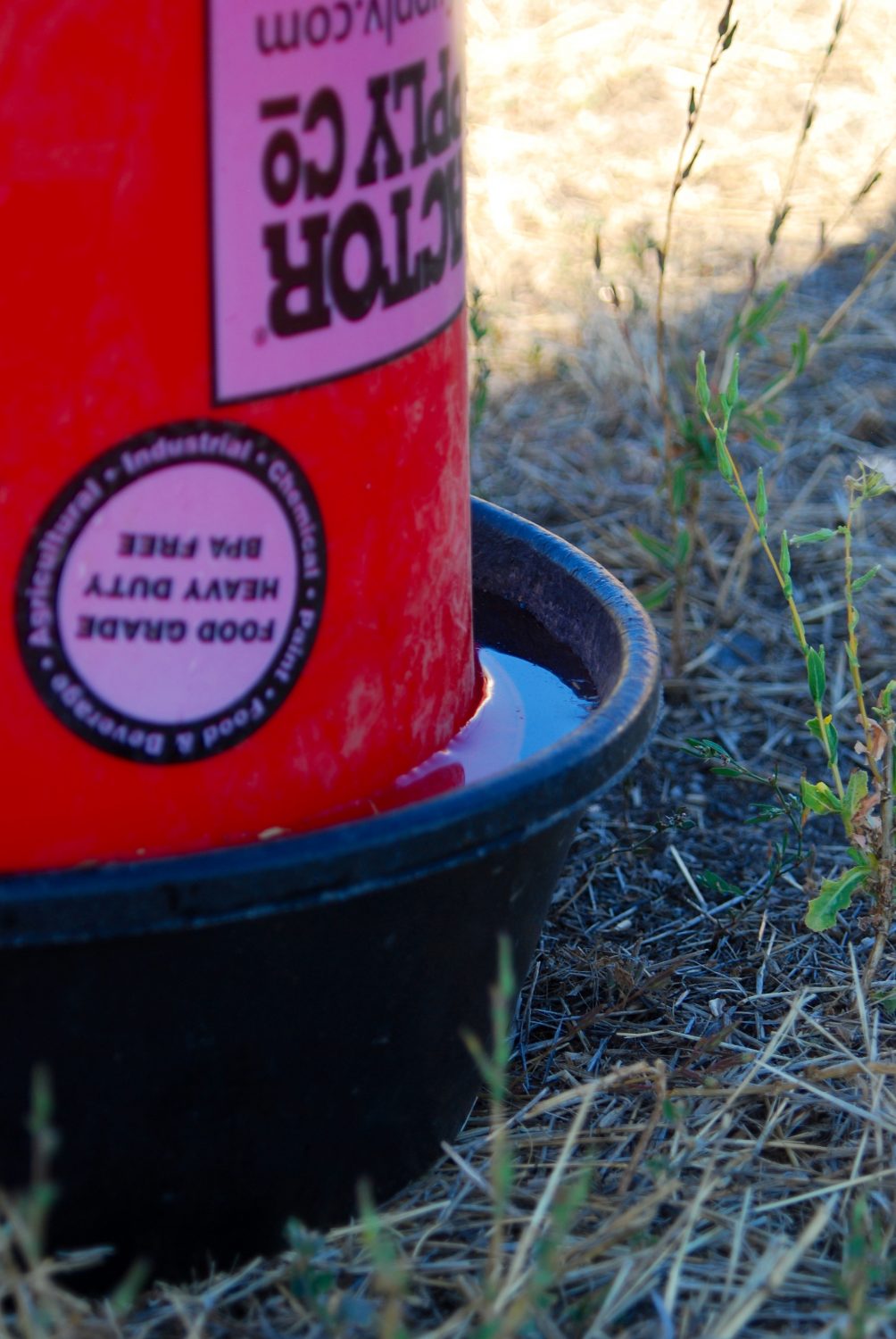
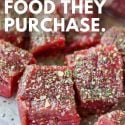
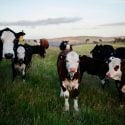
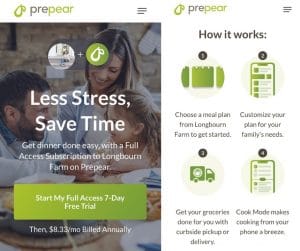

Crystal Franks says
this is very help full my kids and i take in many unwanted or cared for animals thank you